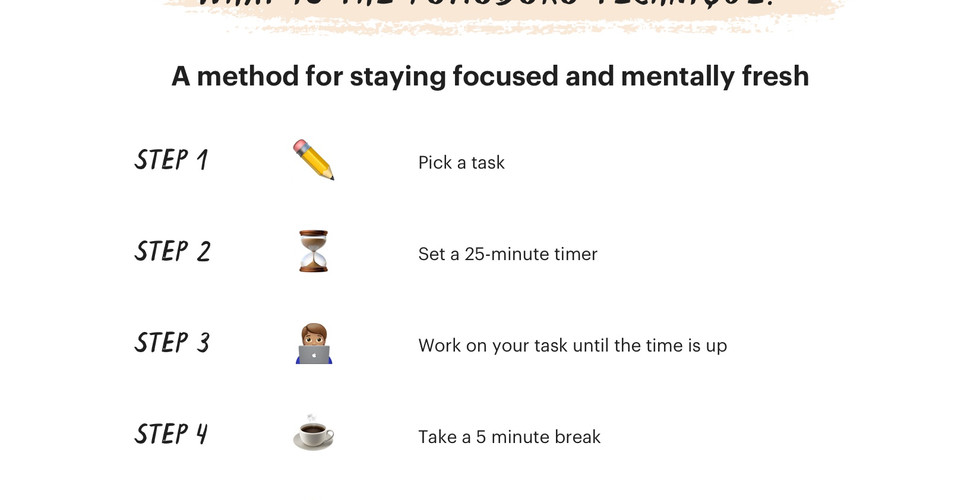Five top study tips
- Liv Brink

- Nov 17, 2020
- 4 min read
Updated: Nov 29, 2020
Getting a handle on your study techniques is one of the most fundamental skills in living a balanced life as a student. This is especially relevant for S4-S7 with the upcoming exam season in December. Understanding how powerful these skills can have on our lives is why I have decided to mention the five most popular and effective ways to study.

Some students might think that the amount of time you put into studying
is the best path to get a good grade and end up working for multiple hours. However, research has shown that quality is more essential than quantity, even if that means you spend two hours instead of four studying. The most successful students actually spend less time studying, but they simply study more effectively and without any distractions. This already takes us to our first study trick:
1. Put your phone and other distractions aside
This is one of the ground rules, it might sound too easy to be true, but without social media and digital distraction, the human brain becomes more focused. It is scientifically proven that we lose focus while multitasking, which means you should do one thing at a time.

To make this clear I will use an example, consider the formula “work accomplished = intensity of focus X time spent.” This is measured on a scale from 1 to 10, ten being the higher. A student who is studying chemistry but also checks their notifications and scrolls through the ESV meme page a few times has a low intensity of focus- maybe around 3. This means that if the student spends 3 hours of “studying” their work accomplished is a 9.
On the other hand, a student who studied chemistry without his phone distracting them has a high-intensity of focus—a 10. Though the student spends only an hour studying, they accomplish more than their distracted classmate did in 3 hours. Their studying is more effective and leads to better results.
2. Pre-test
The next technique is one of my favourites, and I have been using it for several years now. After reading about a certain topic, (for example, enzymes in biology), write down relevant questions. Later, answer them without notes.
To put it in other words, you are writing yourself a Pre-test. Testing yourself, even though you might make mistakes, improves post-test results more than spending the same amount of time studying. Because you can see what you might still struggle with and therefore go over it again.
3. Do not only read your notes
A lot of students study by reading the textbook, worksheets and notes over and over again without understanding the context. Not only is this a very ineffective way of studying, but you also don’t end up actually understanding the topic. Rereading is like looking at the answer to a puzzle and only learning by heart. You will only remember the things you read for a short period of time, which means you won’t actually understand what you just read.
To avoid this, you should:

a. Highlight the most important information in the text
b. Take notes and write down questions while you are reading
c. Summaries and paraphrase the topic you just learned about
4. Use pictures
While studying, pay attention to pictures, graphs and charts. You can learn something, not only from words, but also from drawings. Visual representations help you create more complete mental models. Pictures can turbo-boost your memory of the material and if there aren’t pictures, creating them can be extremely useful.
5. The Pomodoro technique
Last but not least, one of the most productive ways to maximize your concentration while learning and increase your efficiency, is the Pomodoro method of studying.
What is the Pomodoro method?
The Pomodoro technique teaches us to work with time, instead of struggling against it. Firstly, you will need a timer. While studying, it is important to take breaks in order to eliminate burnout.
The first step is to write a to-do list and take one of your kitchen timers or simply use your phone. Set the timer for 25 min and start studying, while focusing only on one single task. When the timer rings take a 5 min break, where you could go outside or eat a snack. After the short break, you reset the timer at 25 min and start your second study session.
Each interval is known as a Pomodoro, from the Italian word for 'tomato', after the tomato-shaped kitchen timer used by the student ‘Cirillo’ who invented this technique.
In conclusion, simple and basic rules can make your life as a student easier. Have structure and don’t overwork, because that may lead to burnout. Most importantly, take breaks and try out some of these useful methods.
Quick recap:
While studying put your phone and social media away, it will distract you and make you lose focus
Test yourself to see what you might still struggle with. You should also write down some answers that might be in the upcoming test.
While reading your notes or your textbook you should not only highlight the most important information but also summaries and paraphrase the topic
Pay attention to pictures, graphs and charts or draw them yourself
Try out the Pomodoro Technique:
Further reading :
Photo: productivity-method_pomodoro-summary.jpg






Comments